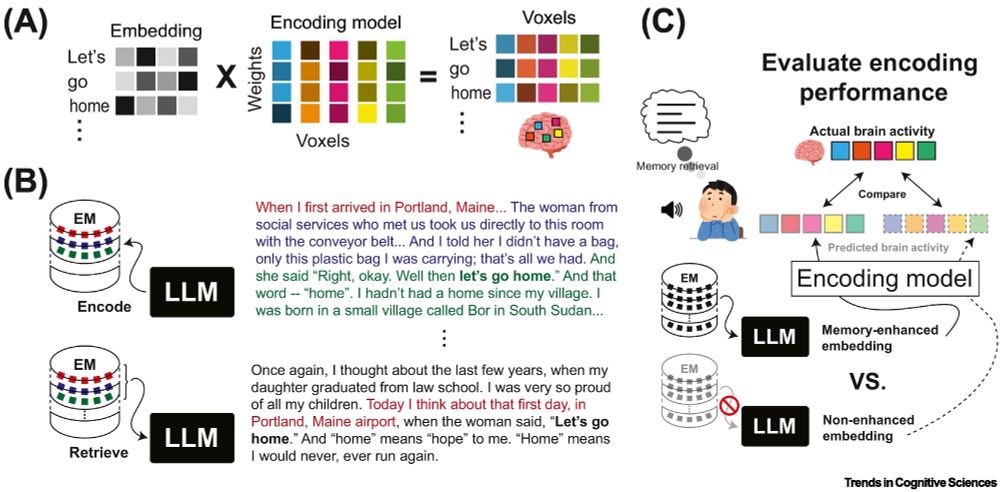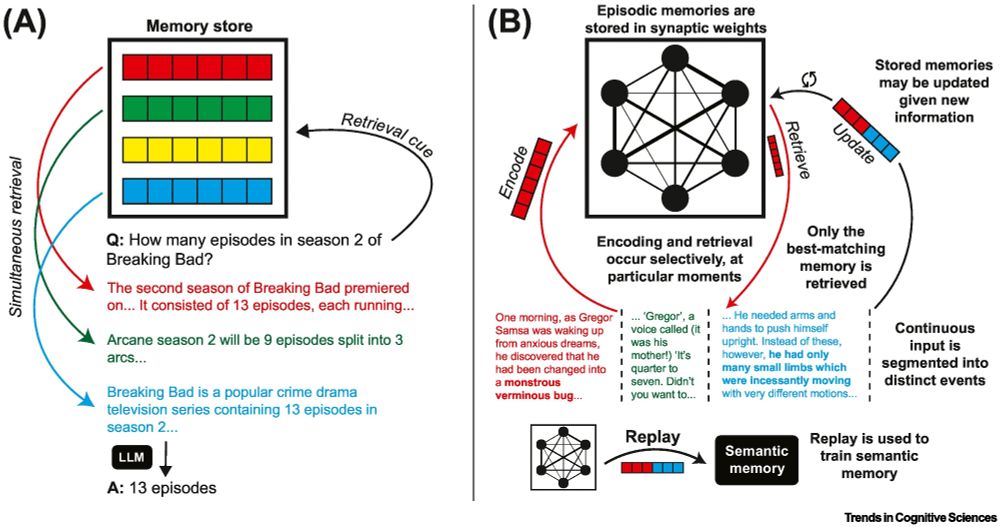Cody Dong
@codydong.bsky.social
79 followers
130 following
10 posts
Psych PhD student at Princeton University |Computational Memory Lab
Posts
Media
Videos
Starter Packs
Cody Dong
@codydong.bsky.social
· Jul 28
Cody Dong
@codydong.bsky.social
· Jul 28
Cody Dong
@codydong.bsky.social
· Jul 26
Cody Dong
@codydong.bsky.social
· Jul 26
Cody Dong
@codydong.bsky.social
· Jul 26
Cody Dong
@codydong.bsky.social
· Jul 26
Cody Dong
@codydong.bsky.social
· Jul 26
Reposted by Cody Dong



